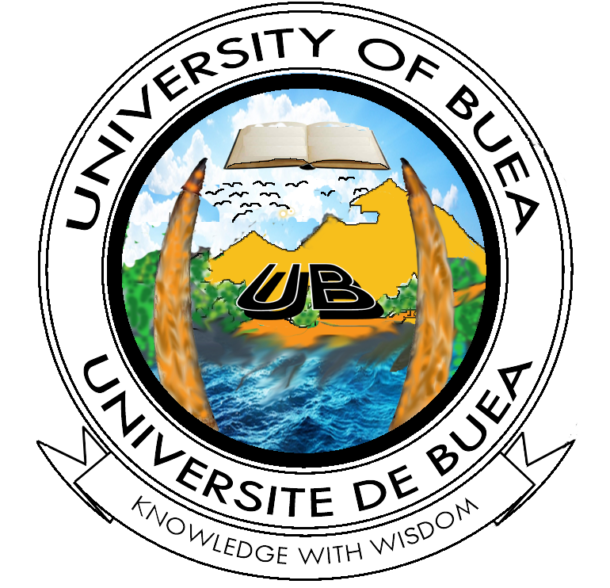| CLT302: Medical Parasitology and Mycology | 6 credits (30-10-20) |
Objectives
This course covers the classification of medically important parasites and fungi, their characteristic features, mode of life, clinical manifestations, laboratory examination and identification of these parasites/fungi and the different methods of preventing and controlling parasitic and fungi infections.
Contents
A. Introduction to Parasitology
• Definition of terms (parasitism, definitive host, intermediate host, reservoir host, zoonosis, and vectors), Classification of medically important parasites;
• Protozoa:
Blood and Tissue Protozoan:-Malaria ,Babesia; classification, clinical presentation, life cycle, laboratory diagnosis, treatment, drug resistance, prevention and control. -Hemoflagellates; Leishmania, Trypanosomiasis-African/American Trypanosomiasis, Toxoplasma gondi; (classification, manifestations, life cycle and transmission, laboratory diagnosis, treatment, prevention and control)
Intestinal and Urogenital protozoan:- Amoebae e.g. E coli, Flagellates; Giardia Lambia and Trichomonas vaginalis. Ciliates; Ballantidium coli (classification, manifestation, life cycle, diagnosis, treatment, prevention and control). Coccidia; Isospora (classification, manifestations, life cycle and epidemiology) Cryptosporidium (classification, manifestation and life cycle), Blastocystishominis, Microsporidia (classification, manifestations, life cycle and treatment) and laboratory diagnosis.
• Helminths;
Nematodes (Enterobusvermicularis, Trichuristrichura, and Ascarislumbricoides)
Hookworms; Strongyloidesstercoralis, Trichinosis.
Filariasis; Onchocerciasis, lymphatic filariasis, Loa loa, Dracunculusmedinensis
Trematodes; intestinal trematodes, liver trematodes (Fasciola hepatica and Opistorchissinesis) lung trematodes, blood trematodes (Schistosomiasis)
Cestodes; Taeniasolium, Taeniasaginata (life cycle, clinical signs and symptoms, prevention, control and treatment), Diphylobothriumlatum (clinical manifestations, life cycle, prevention and control) Echinococcusgranulosus (life cycle, clinical signs, prevention control and treatment)
• Examination of blood Lymph/Blood And CSF, Urine; sputum
B. Introduction to Mycology
• Ecology, Epidemiology and Classification of fungi (macro and micro fungi), Taxonomy of fungal species, Characteristics of fungi, Morphology of fungi (moulds and their structures, yeast and their structures, dimorphic fungi, fungal cell wall), Reproduction in fungi (Sexual and asexual reproduction), fungal nutrition.
• Classification of mycosis in association with causative organisms, fungi causing superficial mycosis, subcutaneous mycosis and causative organism, systemic mycosis and causative organism, opportunistic mycosis and causative organism, techniques for isolation and identification of fungi (fungal culture techniques, media used for fungi cultivation, special techniques for fungal culture)
• Fungal allergies and mycotoxicosis, Signs and symptoms of fungal infections, Involvement of specific organ systems (pulmonary disease, cutaneous disease, CNS disease, GIT disease, other organ and tissue involvement, disseminated disease)
• Laboratory approach to the diagnosis of fungal diseases; Specimen collection and transport (sputum, bronchoscopy, Urine, CSF, prostatic secretion, exudates, skin/hair/nails, tissue and blood), specimen processing.
• Presumptive identification of fungi based on direct microscopic examination of material from clinical specimen; superficial mycosis: - Malassezia furfur (pathogenicity, laboratory diagnosis), Dermatophytes (pathogenesis, common causes of ringworm infection in tropical countries, major sites infected by ringworm species)
• Laboratory diagnosis of dermatophytes; specimen collection, microscopic examination, results (dermatopytes in skin scales, crust, and nails, dermatophytes in infected hair), culture of dermatophytes, Pathogenesis and lab diagnosis of; white piedra, black piedra, Phaeoannellomyceswerneckii.
• Cutaneous mycosis and subcutaneous mycosis, Systemic mycosis due to dimorphic fungi pathogens; Histoplasmaspp (pathogenesis, laboratory features, culture), Blastomycosis, (pathogenicity, laboratory diagnosis), Coccidioidomycosis; pathogenesis, laboratory diagnosis
• Opportunistic mycoses; Candida albicans and other opportunistic yeast; characteristics of medically important yeast and yeast-like fungi, pathogenesis of C. albicans, culture of C albicans, Pathogenicity of Cryptococcus neoformans, laboratory diagnosis; (CSF biochemical and cellular analysis, India ink preparation), culture of C neoformans, detection of C. neoformans antigens, Aspergillosis; pathogenicity, culture and identification, serologic diagnosis.


